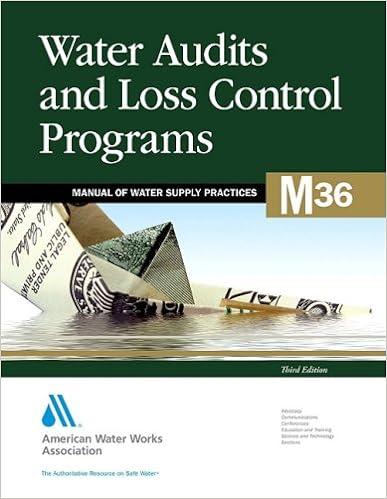Question
This year, Mr. Joss (age 26 and in the 28 percent marginal tax bracket) accepted a job with BL Inc. He intends to work for
This year, Mr. Joss (age 26 and in the 28 percent marginal tax bracket) accepted a job with BL Inc. He intends to work for only eight years, then start his own business. He has two options for accumulating the money he will need for this business.
Option 1: He is eligible to participate in BLs Section 401(k) plan and can afford to save $5,000 of his salary each year by diverting it to this plan. The plan earns 5 percent a year. Consequently, his plan balance in eight years will be $47,746 ($5,000 for eight years compounded at 5 percent).
Option 2: He can take his entire salary in cash, pay income tax, and save $3,600 ($5,000 less $1,400 tax) in an investment fund that earns 5 percent a year. Because the annual earnings are taxable, his savings in the fund will grow at only 3.6 percent a year. Consequently, his fund balance in eight years will be $32,702 ($3,600 for eight years compounded at 3.6 percent).
a. Assuming a constant 28 percent tax rate, compute the after-tax cashflow for each options. (Round your intermediate calculations to the nearest whole dollar amount.)
b. Based on your analysis, which option should Mr. Joss pursue?
Step by Step Solution
There are 3 Steps involved in it
Step: 1

Get Instant Access to Expert-Tailored Solutions
See step-by-step solutions with expert insights and AI powered tools for academic success
Step: 2

Step: 3

Ace Your Homework with AI
Get the answers you need in no time with our AI-driven, step-by-step assistance
Get Started


